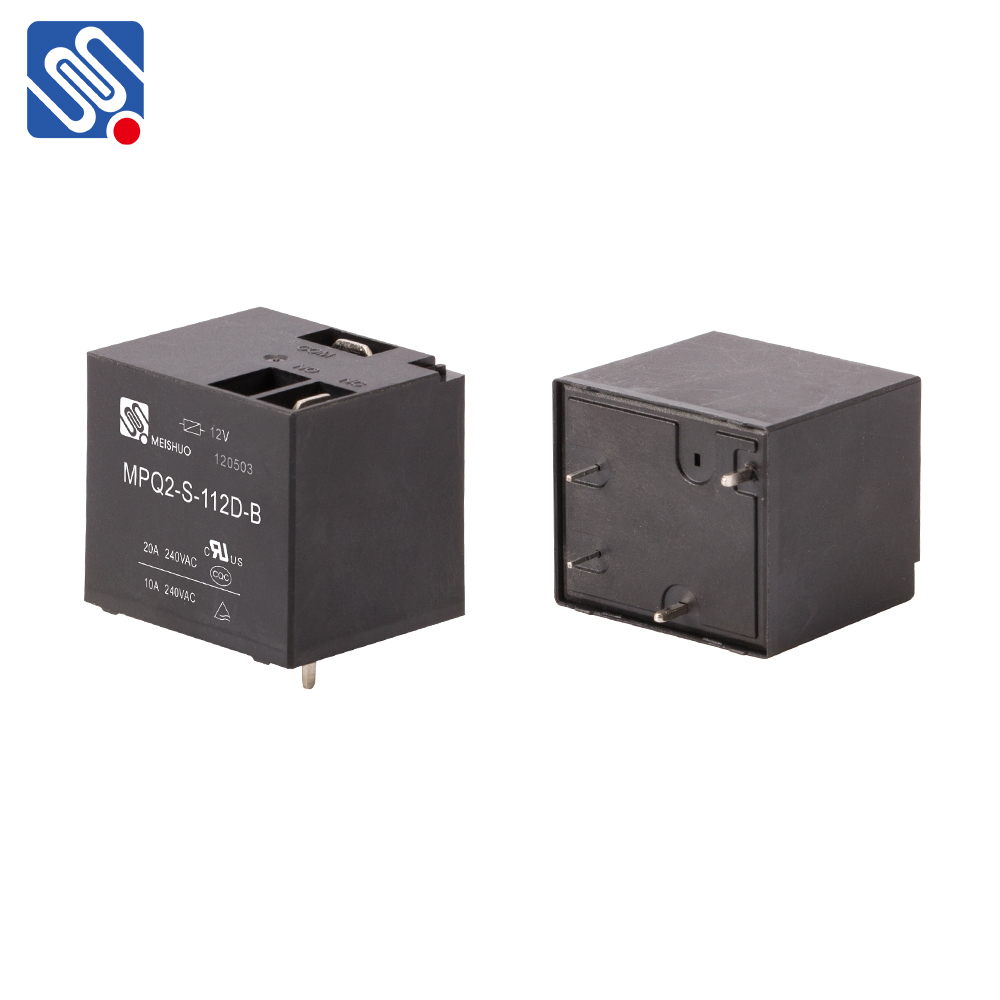understanding the 12v 30a relay: a comprehensive guide to its functionality and applications
Release time:2025-07-20 17:47:48
Relays are essential components in various electronic circuits and systems, and the 12V 30A relay stands out as a popular choice for controlling high-power loads with a low-power control signal. These relays serve as switches that allow a small current to control the operation of high-current devices, such as motors, lights, and other industrial equipment. This article explores the function, working principle, and applications of the 12V 30A relay.

What is a 12V 30A Relay?
A 12V 30A relay is a type of electromechanical switch that operates with a 12V DC (direct current) signal to control larger electrical loads, typically rated up to 30A. This relay consists of an electromagnet (the coil), which, when energized by a 12V signal, creates a magnetic field that moves a mechanical arm, closing or opening electrical contacts to either allow or stop the flow of electricity in the circuit.
The 30A rating indicates the maximum current the relay's contacts can handle when switched on, making it suitable for controlling high-power equipment that requires a substantial amount of current. The 12V input voltage refers to the voltage necessary to activate the relay’s coil, which can be triggered by devices such as microcontrollers, sensors, or simple switches.

